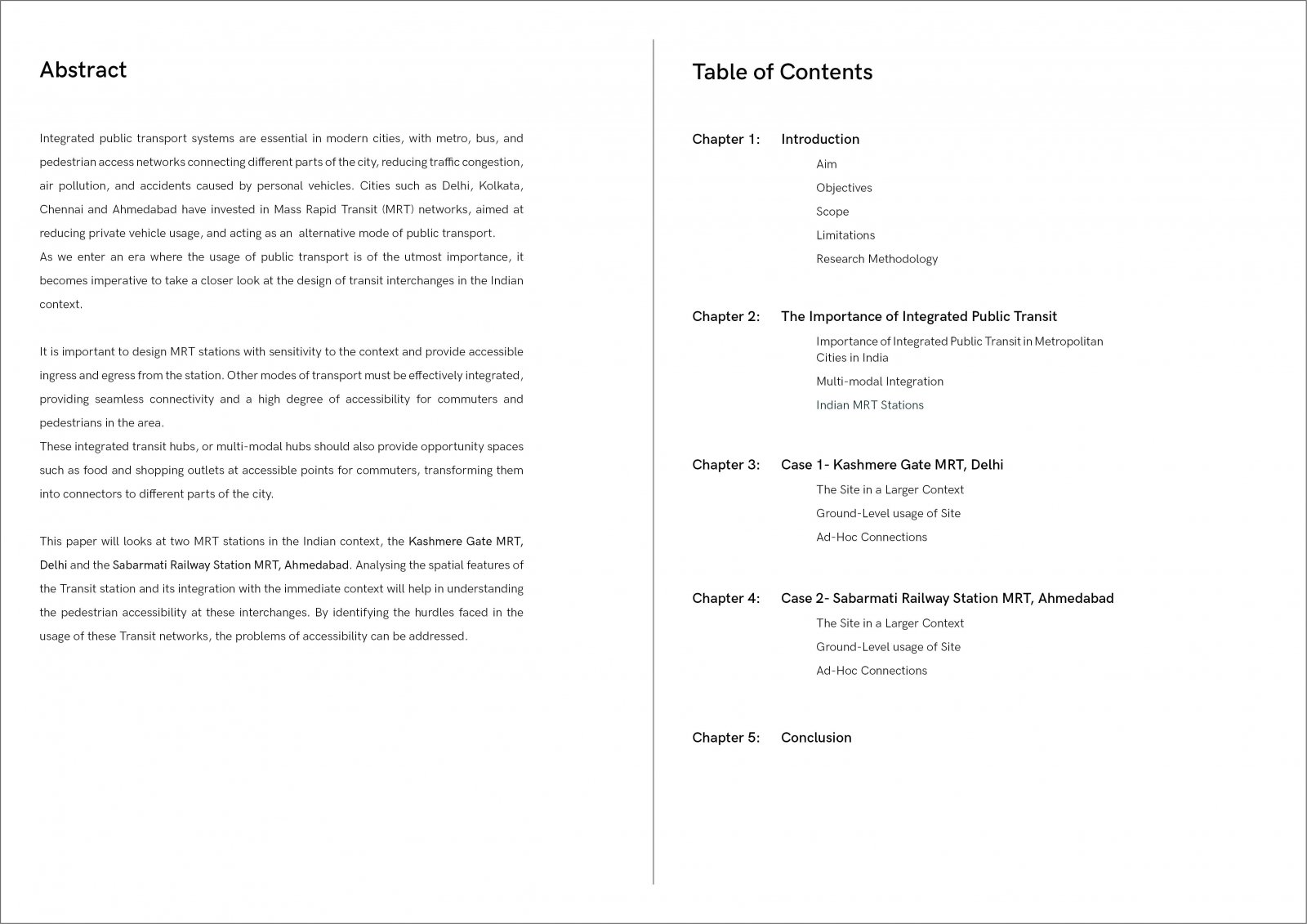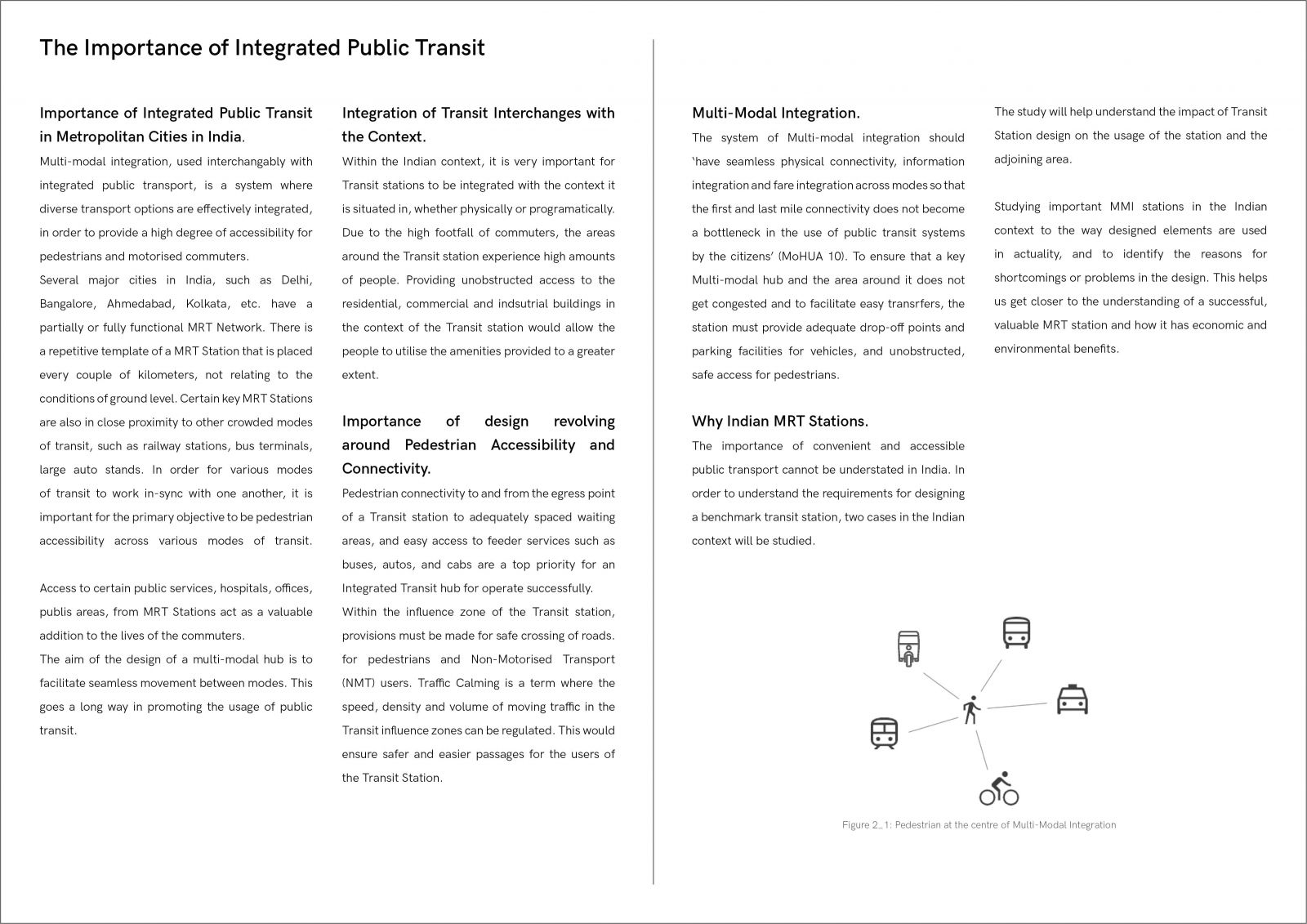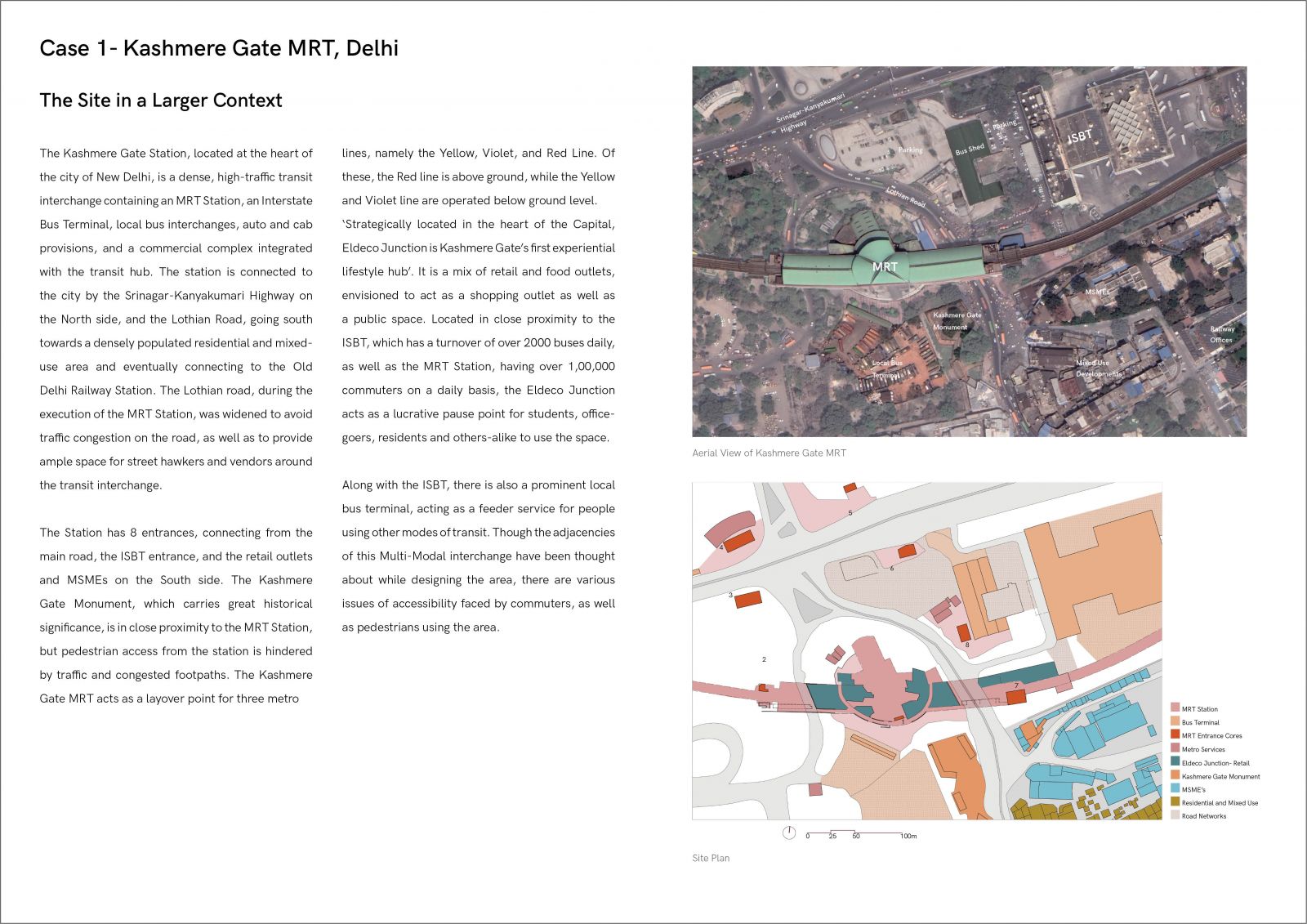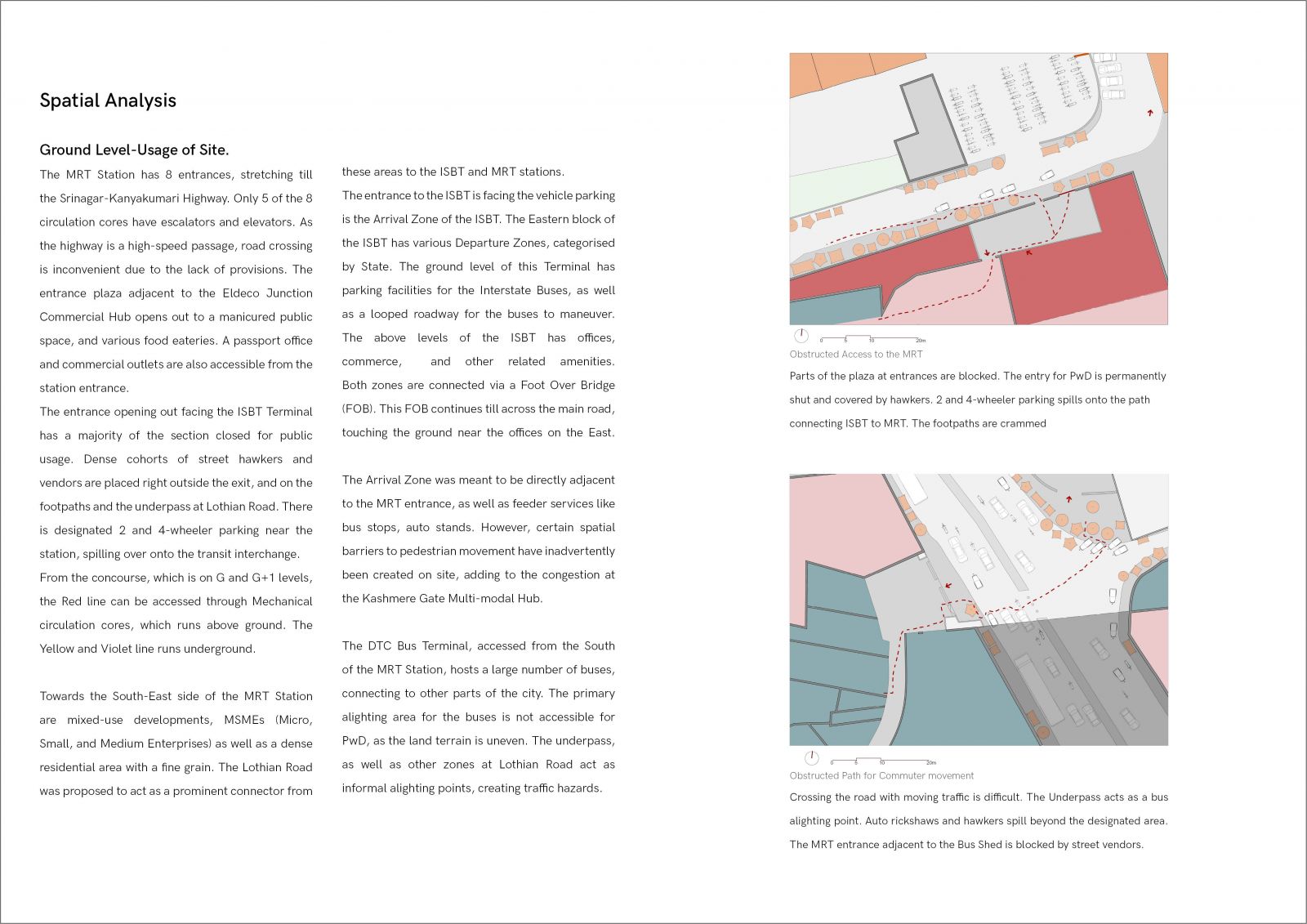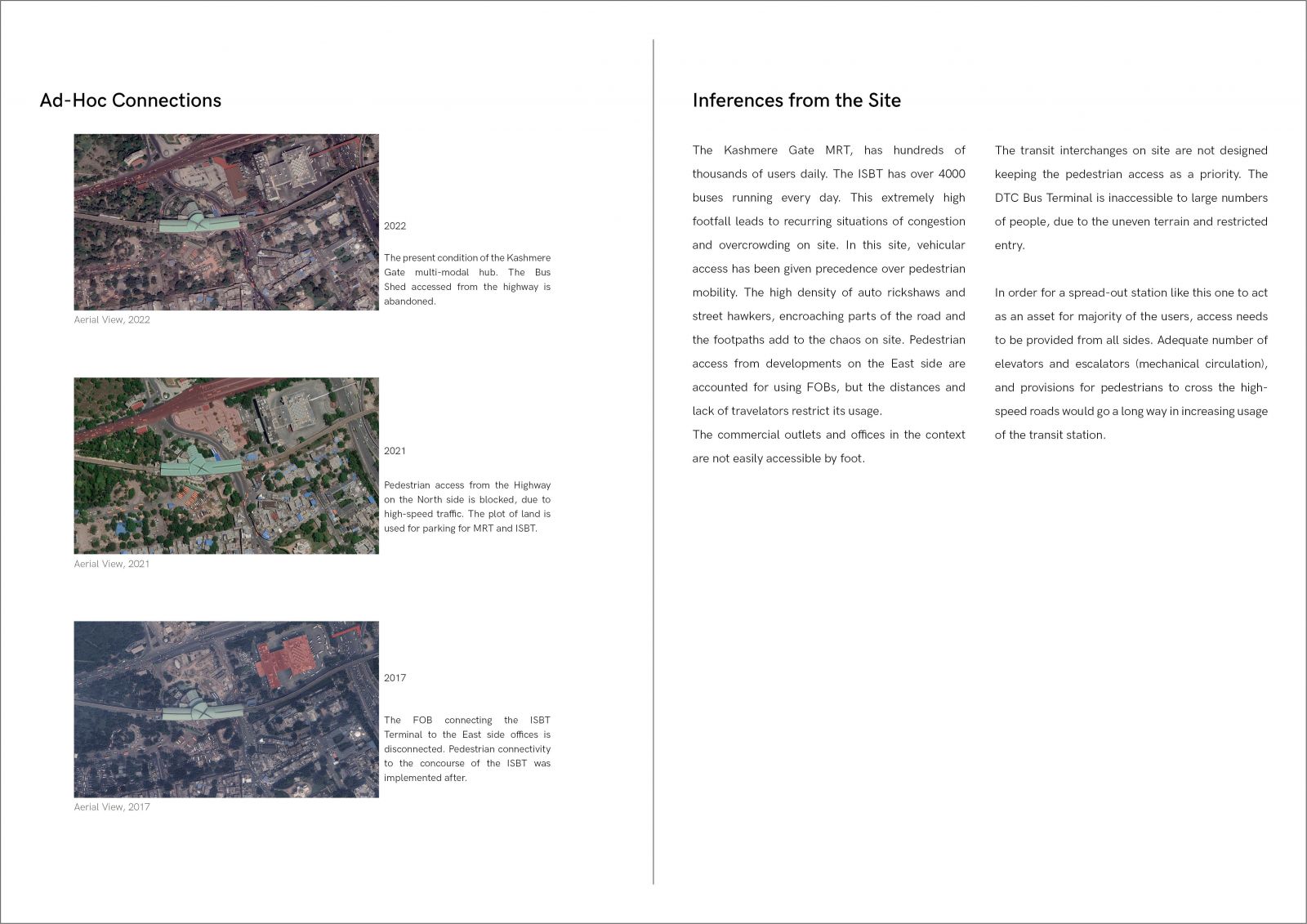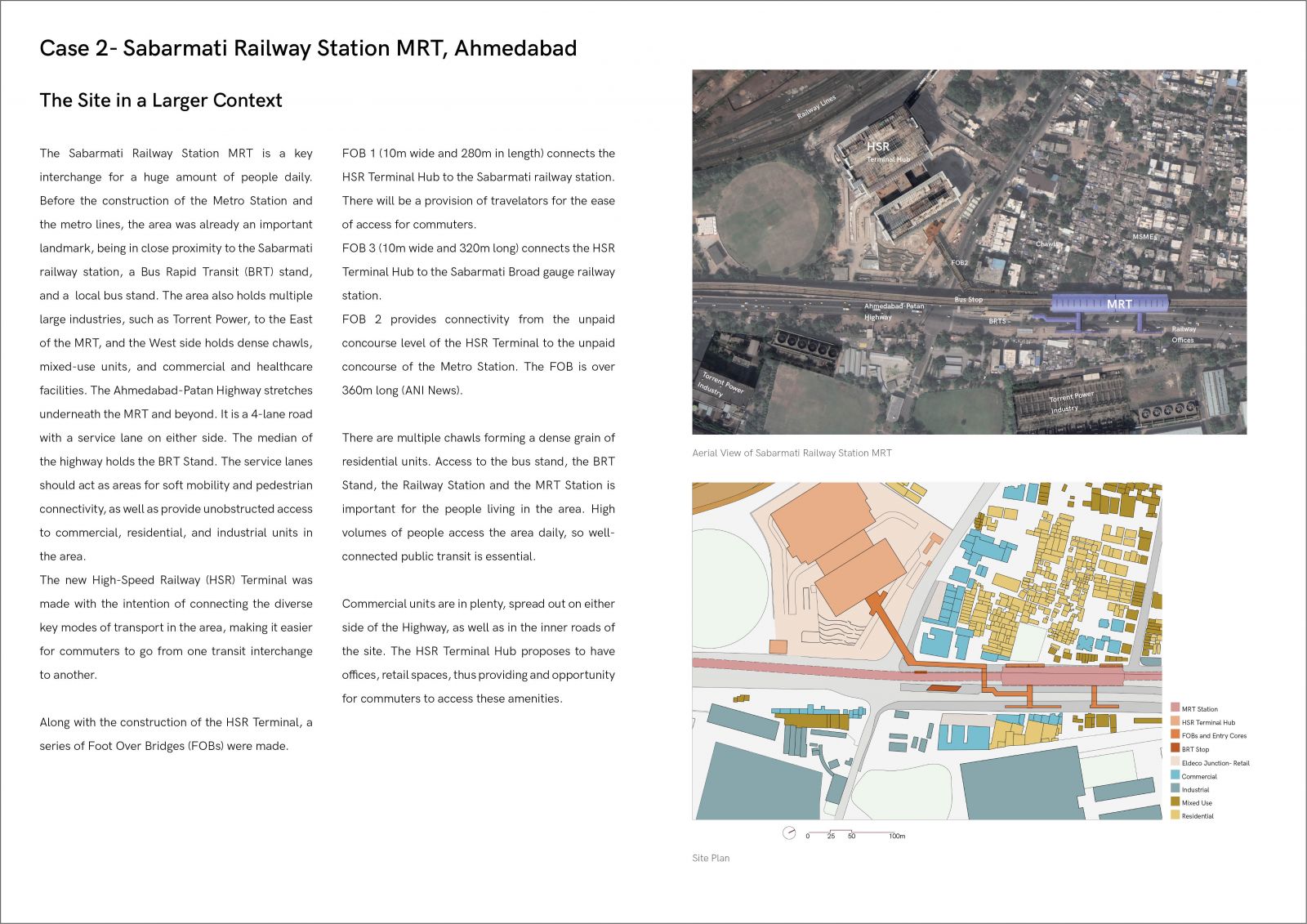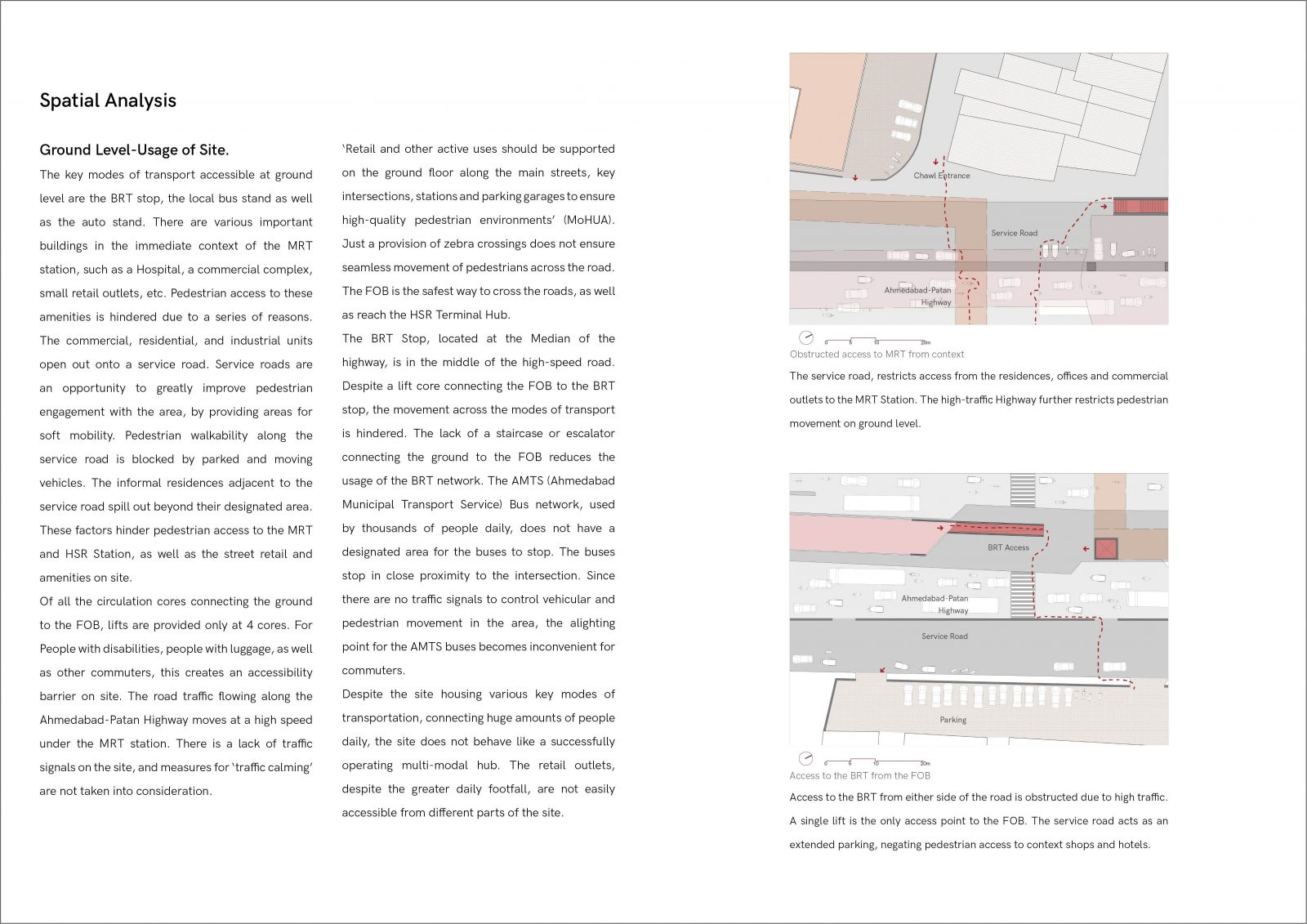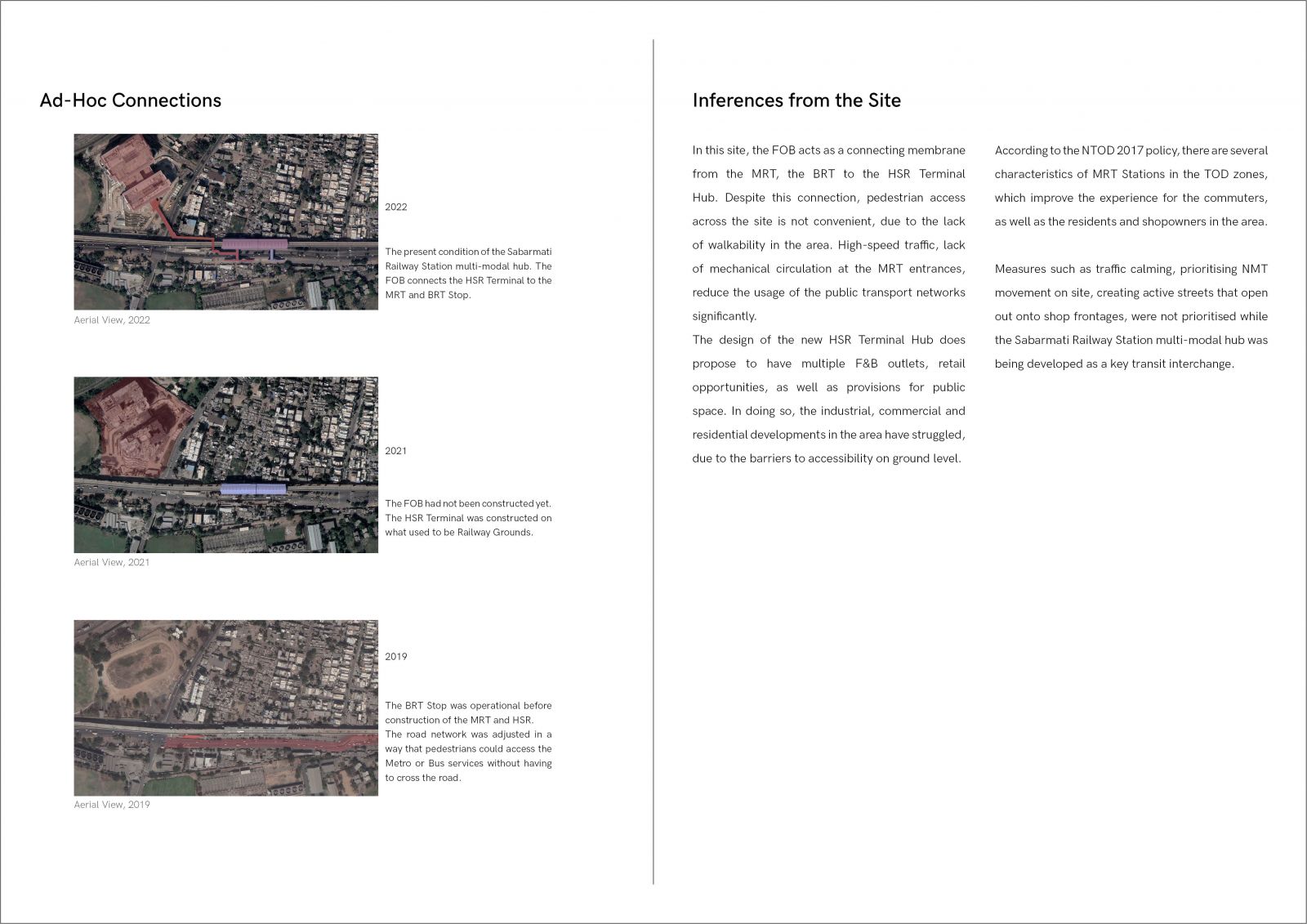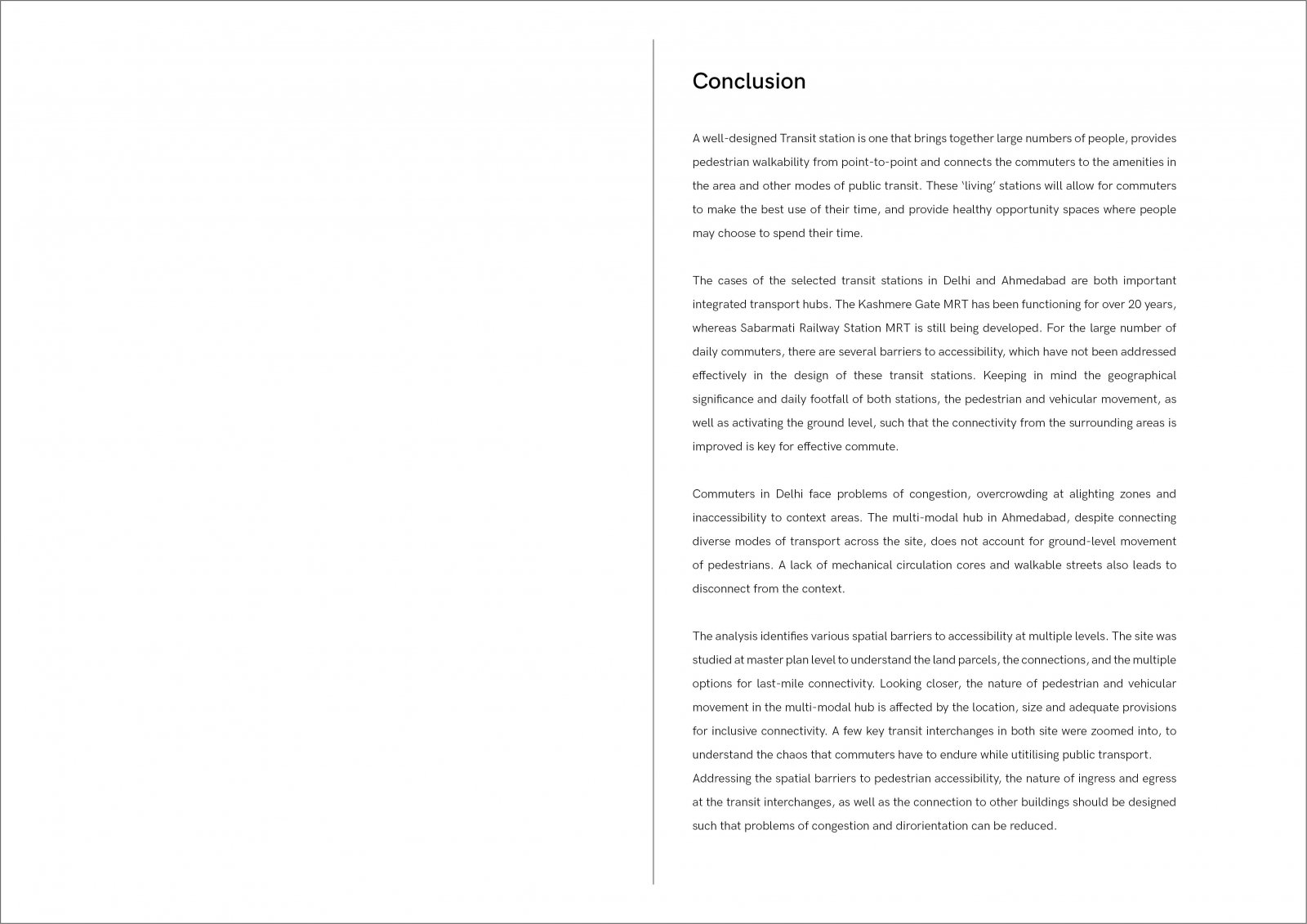Your browser is out-of-date!
For a richer surfing experience on our website, please update your browser. Update my browser now!
For a richer surfing experience on our website, please update your browser. Update my browser now!
Integrated public transport systems are essential in modern cities, with metro, bus, and pedestrian access networks connecting different parts of the city, reducing traffic congestion, air pollution, and accidents caused by personal vehicles. Cities such as Delhi, Kolkata, Chennai, and Ahmedabad have invested in Mass Rapid Transit (MRT) networks, aimed at reducing private vehicle usage and acting as an alternative mode of public transport. As we enter an era where the usage of public transport is of the utmost importance, it becomes imperative to take a closer look at the design of transit interchanges in the Indian context.
It is important to design MRT stations with sensitivity to the context and provide accessible ingress and egress from the station. Other modes of transport must be effectively integrated, providing seamless connectivity and a high degree of accessibility for commuters and pedestrians in the area. These integrated transit hubs, or multi-modal hubs should also provide opportunity spaces such as food and shopping outlets at accessible points for commuters, transforming them into connectors to different parts of the city.
This paper will look at two MRT stations in the Indian context, the Kashmere Gate MRT, Delhi, and the Sabarmati Railway Station MRT, Ahmedabad. Analyzing the spatial features of the Transit station and its integration with the immediate context will help understand pedestrian accessibility at these interchanges. By identifying the hurdles faced in the usage of these Transit networks, the problems of accessibility can be addressed.
